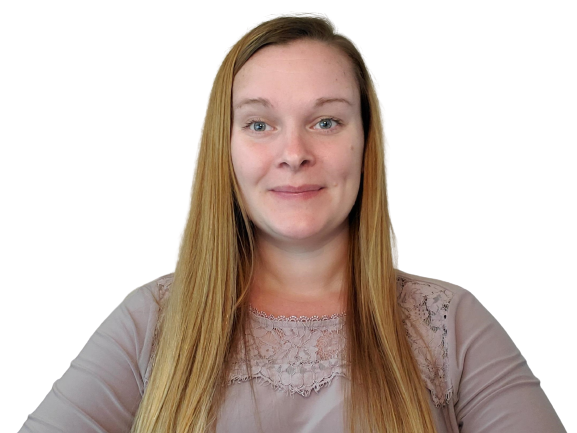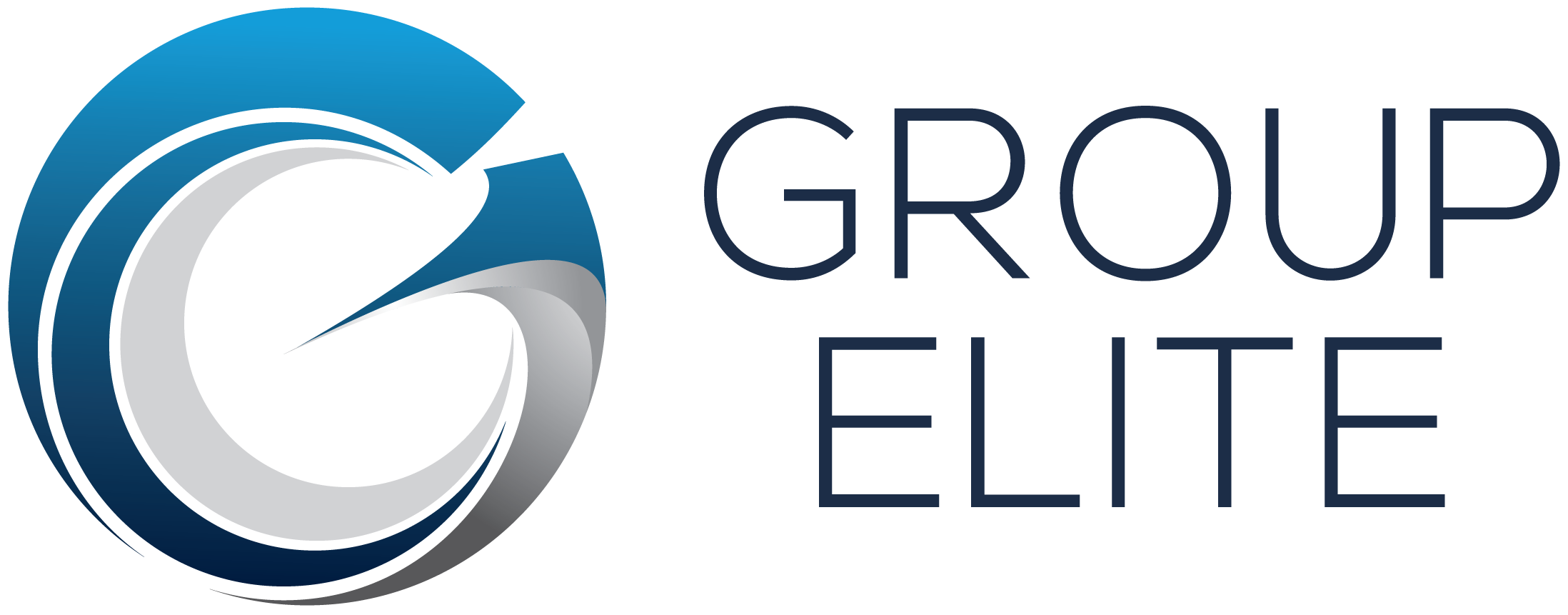Implementing best practices for better contact center workforce optimization (WFO) is in your hands. Your employees are using technology to achieve their goals. Through the years as a WFO team leader and consultant, we've found that most call centers have little missing pieces that are often overlooked or simply just didn’t make it into production. To solve the much larger puzzle of driving employee engagement and productivity, let’s look at a few of our favorites.
Allow Call Center Agents to Self-Evaluate
By using WFO, supervisors and quality teams bring awareness to employees every day. But did you know that no one is harder on most agents than the agents themselves? Try allowing your agents to listen and evaluate themselves. Enable these features and you’ll often find that they hear missed opportunities on their own. Another great idea is to ask an agent to self-evaluate prior to a coaching session. Have them bring their call to the coaching table and perhaps you’ll eliminate confusion about the ratings for a call and potentially discover agents that are on a path to becoming a supervisor or coach. Additionally, give the agents the tools and guidance to self-educate. Searching for a way to learn more or self-correct should never difficult.
Be There for Your Agents
Don’t scold your agents, be there for them. Encourage their strengths and help with their struggles. Also, don’t be biased. We all have a tendency when listening to calls or talking to employees that sometimes we have “favorites” because we know their calls are quick and they always do well on specific call types. By not being biased, you build up your company by empowering them.
Stop “Cherry Picking”
Don’t select the quick and easy calls just because they have low handle time. Set a goal to give each agent a fair chance when evaluating their calls. Leveraging Verint AQM or Shared Inboxes can also help. These tools serve up calls to evaluators and supervisors based on various parameters (talk time, number of holds, call type, etc.) I’ve found that many evaluators think they are not cherry-picking but are. These tools reduce that bias by leveraging technology. Also, don’t think these tools are extremely expensive and complicated. Reach out to our team and find out more.
Continuous Training Improvements
Beyond just traditional coaching, use elearning in your WFO tools to provide agents training and ensure all agents have the same skill sets. Elearning is also a great way to send refresher training to your agents. New policies and procedures are created all the time in most centers and the new training should also be updated in the steps of your QM forms.
Leaders Know the Business
As contact center leaders, you have the responsibility to have a broad understanding of what the business is encountering and have a strategic mindset. Sarah Pakstis is a Senior Product Manager at Harvard Business Publishing Corporate Learning and wrote:
“Over the course of the past year, more and more organizations have started to recognize the value that frontline leaders provide to their business. They’ve shifted from viewing frontline managers as primarily a supervisory and tactical managerial role to recognizing that the role has expanded. And that expanded role calls for frontline managers who are also leaders. Yes, these key employees are “keeping their day jobs” as supervisors and problem-solvers, but they’ve also become instrumental in helping organizations realize their strategic vision. This means that frontline managers must not just have a well-developed managerial skillset, but a well-honed strategic mindset as well.”
To be tactical and strategic, leaders should know how to handle a call and how procedures work. Knowing more about your frontline staff allows you to show your agents that you care about them and that each agent is not just a number.
Are you ready to lead? Ready for more best practices for better contact center workforce optimization? Reach out to the Group Elite team and let’s start a discussion.






